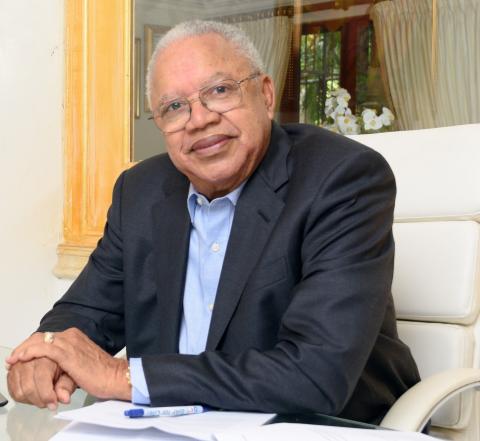
Healthcare is a demanding job and with a pandemic added, it becomes even more so, with many working more hours than they normally would have. This, along with several other factors, can lead to burnout.
Physician burnout is a phenomenon in which doctors may experience mental and physical decline. While not classified as a medical condition, the World Health Organization (WHO) has included burnout in the international classification of diseases as an occupational phenomenon. The WHO defines the condition as “syndrome conceptualised as resulting from chronic workplace stress that has not been successfully managed. It is characterised by three dimensions: feeling of energy depletion or exhaustion; increased mental distance from one’s job, or feelings of negativism or cynicism related to one’s job; and reduced professional efficacy.” ( www.who.int).
“A 2019 paper published by the Harvard T.H. Chan School of Public Health, the Harvard Global Health Institute, the Massachusetts Medical Society, and the Massachusetts Health and Hospital Association (MHA) has deemed the condition a public health crisis. The paper includes directives aimed towards curbing the prevalence of burnout among physicians and other care providers, including the appointment of an executive-level chief wellness officer at every major healthcare organisation, proactive mental health treatment, support for caregivers experiencing burnout, and improvements to the efficiency of electronic health records.” ( https://news.harvard.edu/).
In many other ways, technology can be used to assist with addressing physician burnout. The use of telemedicine is one of the ways in which this can be alleviated, while ensuring that patients are still given the care they need. We have, in the past, examined how telemedicine can assist patients, especially those who are not very mobile or who live in remote areas, to still be able to seek healthcare relatively easily. It is expected to also improve general health-seeking behaviour, as access becomes easier and therefore more widespread. However, telemedicine can aid in the improvement of the health and well-being of physicians.
TELEMEDICINE ADVANTAGES
The increased use of telemedicine has had many advantages. Given that face-to-face contact was discouraged, especially at the beginning of the spread of COVID-19, telemedicine was the most logical way to continue to provide healthcare relatively uninterrupted for those who opted not to leave home, not able to leave home or just generally preferred not to visit a doctor’s office.
Thankfully, we were able to adjust to the demand as telemedicine technology was something that was already in use in the health sector, albeit not at the level that it eventually became as a result of COVID-19 restrictions.
Telemedicine can assist the physician to create a more manageable work schedule. While reducing the pressure on the physician and saving time, telemedicine can allow doctors to see more patients in a day than they would in a face-to-face scenario. It also helps to manage each visit more precisely and reduces the need to rush from patient to patient.
SPEECH-TO-TEXT
The technology allows for easy prescribing, billing and documentation, and retrieval of a patient’s electronic medical record in the process. Documentation is often one of the things that require physicians to work outside of each patient visit to complete. The technology allows for documentation to be done while a consultation is taking place.
Many telemedicine solutions include speech-to-text software that allows the doctor to focus more on the patient visit than on writing down information in a docket. This can help to reduce the number of after hours spent completing documentation.
Transportation time is also saved when using telemedicine to facilitate patient interaction with a physician. The physician has less time/space restrictions when using a telemedicine solution to interact with patients and can do so from home or any other geographic location. Telemedicine then increases the efficiency with which a physician can manage patient load and complete related tasks.
By encouraging more normalised working hours, telemedicine assists the physician to carve out time for other activities outside of work that can help with his/her physical and mental health and well-being.
- Doug Halsall is the chairman and CEO of Advanced Integrated Systems. Email feedback to doug.halsall@gmail.com and editorial@gleanerjm.com
Published: Sunday | December 13, 2020 | 12:11 AM
http://jamaica-gleaner.com/article/news/20201213/technology-could-assist...

